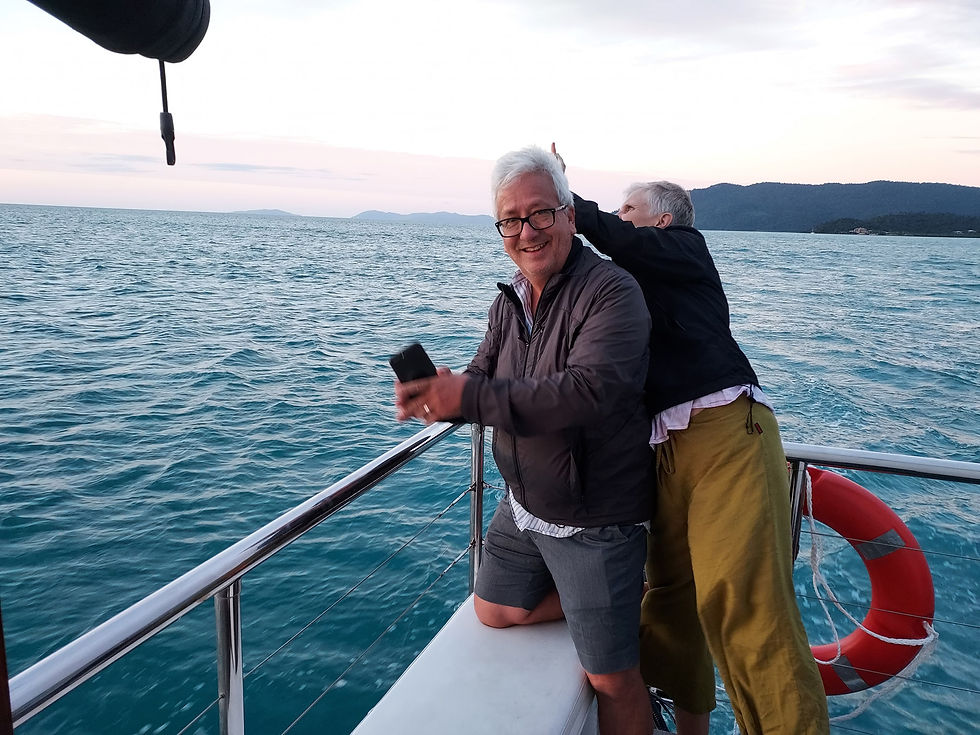What is Cultural Safety? Hiring Indigenous Staff
- Lise Oakley
.jpg/v1/fill/w_320,h_320/file.jpg)
- Nov 30, 2023
- 2 min read
When hiring First Nations staff, employers should be aware of the importance of culture and traditions---as they play a significant role in the lives of Indigenous people. Respecting and honouring other cultures properly requires employers to learn about them first. This is where the idea of cultural safety comes into play.
What Does Cultural Safety Mean?
The concept of cultural safety originally arose from concerns about the health of the Maori people (First Nations people of New Zealand). Cultural safety as a guiding principle for employers has gained more ground in Canada since the early 2000s.
At the simplest level, cultural safety is about being aware of other cultures and respecting their history, traditions, and heritage. Cultural safety cultivates an environment where people of many backgrounds (ethnic and cultural) can feel safe and respected in multiple ways. These may include social, emotional, spiritual, and physical. Cultural safety aims to avoid discrimination based on identity and background and create a work environment where Indigenous workers feel comfortable.
How Can a Workplace Achieve Cultural Safety: The Four-Step Process
Cultural safety is the result of doing some self-work and reflection and applying this knowledge to your work environment. As a quick overview, cultural safety involves four basic steps:
Cultural awareness begins the journey toward cultural safety; the awareness phase recognizes cultural differences and similarities.
Cultural sensitivity occurs when we start to notice the influences of our own culture and become aware of our biases. Cultural awareness and sensitivity bring a responsibility to act in respectful ways.
Cultural competency involves building an understanding of other cultures and developing practical skills for respectful interaction. During this step, it’s not mandatory to become an expert in other people’s cultures, but it’s essential to be aware of the assumptions we make about others based on our biases—whether you intend to or not.
Cultural humility is the final and possibly most crucial step toward building a workplace with cultural safety in mind. This step involves a never-ending journey of education and reflection. It involves understanding power dynamics and privilege and accepting that you probably won’t learn everything there is to know. This step also involves listening in a judgement-free way and being open to hearing from others to develop successful partnerships, respect and cultural safety.
Does Your Workplace Practice Cultural Safety?
Moving through the four steps above will go a long way toward building a culturally sensitive workplace. There may be some overlap in the steps, and that is okay. The point is to do the work required to gain understanding and awareness, ultimately leading to respectful interactions and creating mutually beneficial workplace relationships where First Nations employees can feel comfortable and welcome.



Comments